Let us use today to reflect on the immigrant experience, some of which are intuitively highlighted in these books and journal articles.
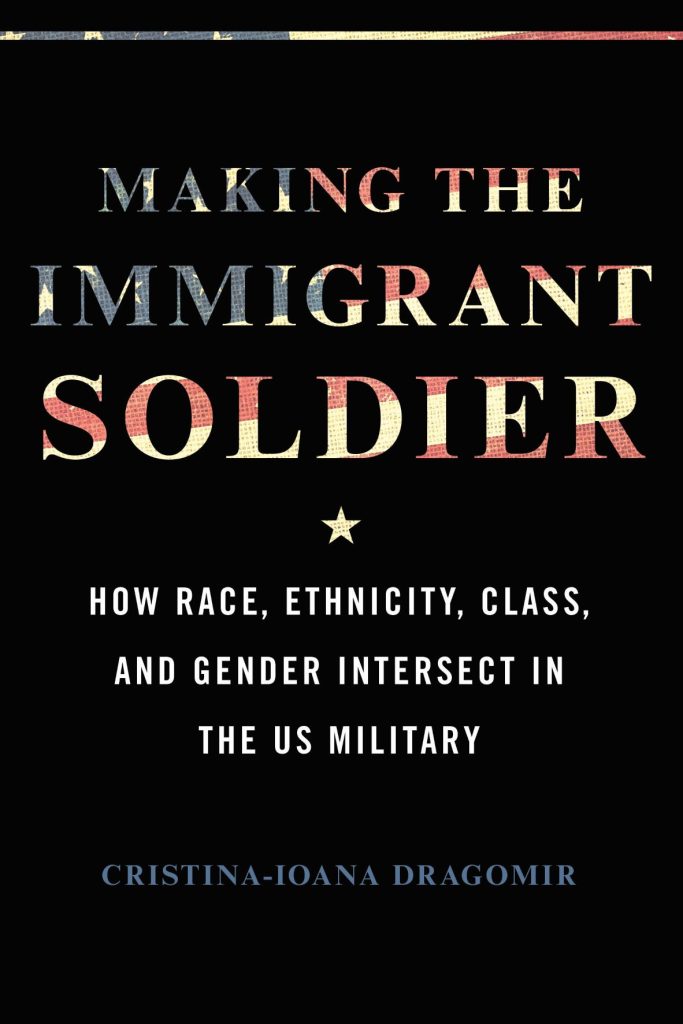
Making the Immigrant Soldier: How Race, Ethnicity, Class, and Gender Intersect in the US Military
By Cristina-Ioana Dragomir
A compelling union of analysis and rich storytelling, Making the Immigrant Soldier traces the complexities of serving in the military in order to pursue the American dream.
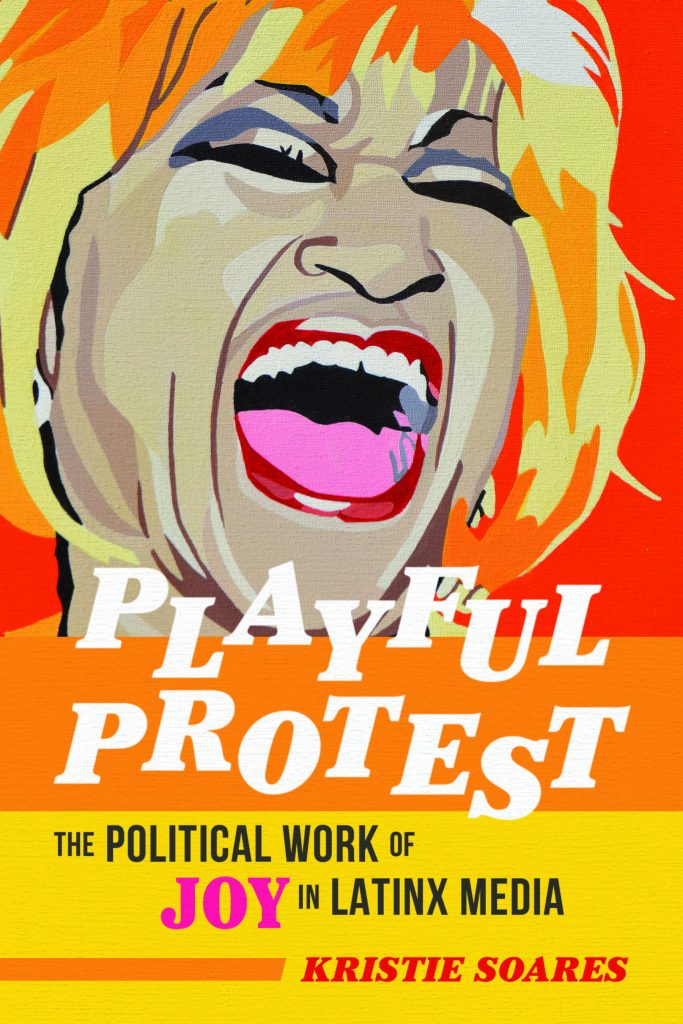
Playful Protest: The Political Work of Joy in Latinx Media
By Kristie Soares
Daring and original, Playful Protest examines how Latinx creators resist the idea that joy only exists outside politics and activist struggle.
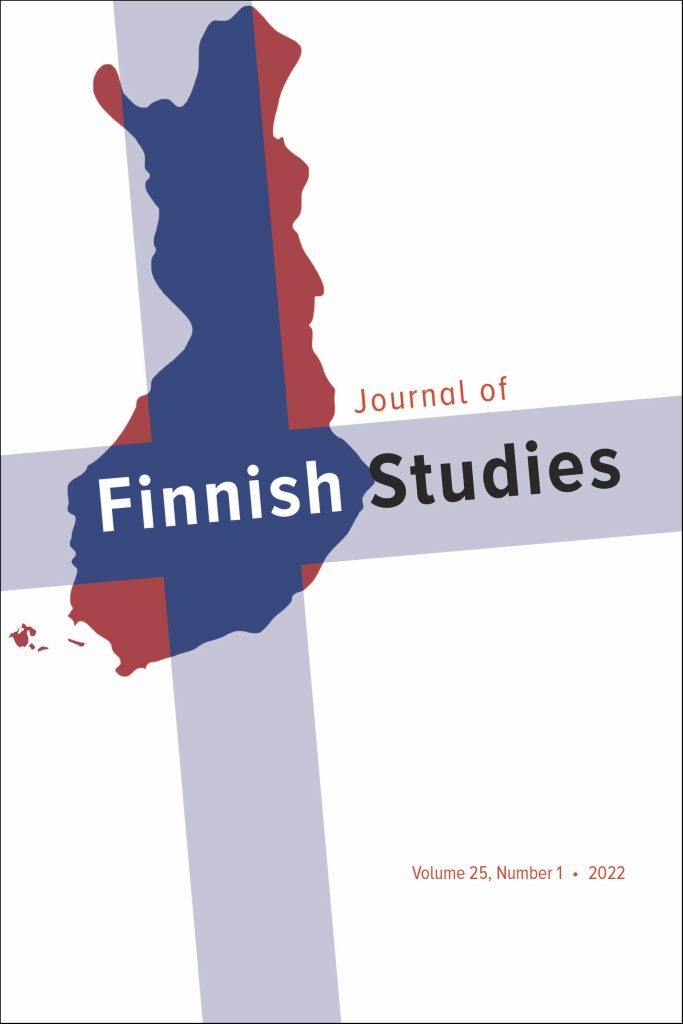
“Music in Constructing Finnish American Identities in the Immigrant Novel by Martin Koskela” by Roman Kushnir
In the immigrant novel Welcome to Shadow Lake (1996) by the Finnish American author Martin Koskela, music is portrayed as a notable component of the ethnic heritage of Finnish American immigrants and their descendants in the US in the 1930s. This article analyzes the roles of music in characters’ identity formation and proves that music reflects the transcultural nature of their identities, both Finnish and American.
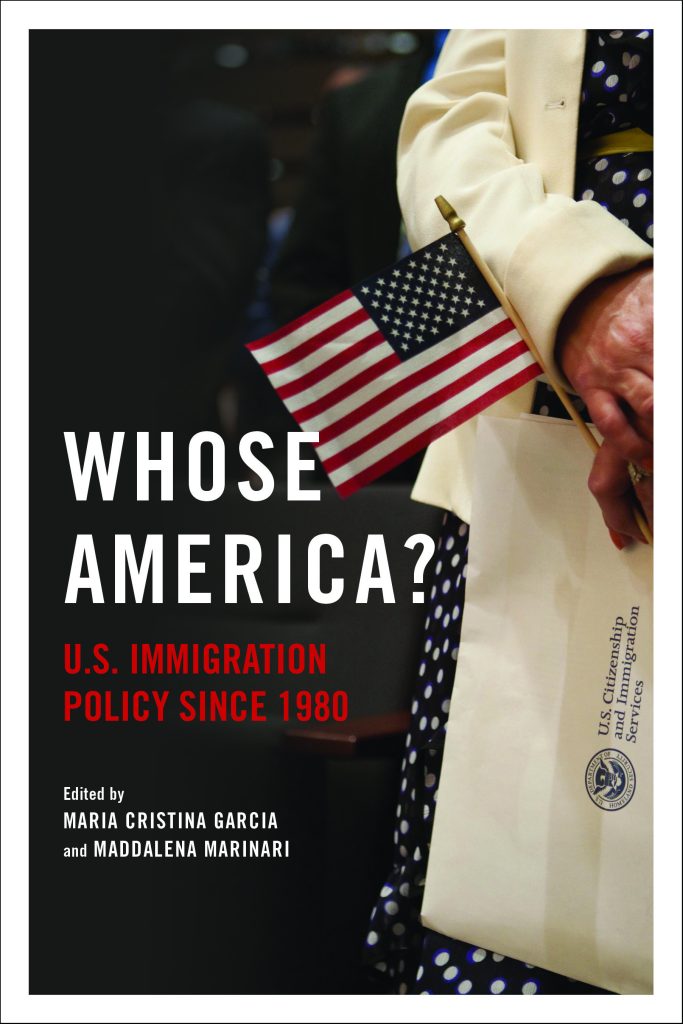
Whose America?: U.S. Immigration Policy since 1980
Edited by Maria Cristina Garcia and Maddalena Marinari
Up-to-date yet rooted in history, Whose America? provides a sophisticated account of recent immigration policy while mapping the ideological struggle to answer an essential question: which people have the right to make America their home or refuge?
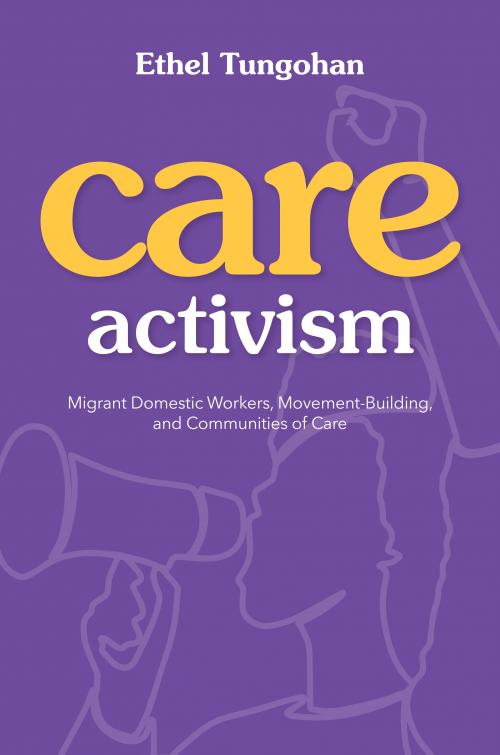
Care Activism: Migrant Domestic Workers, Movement-Building, and Communities of Care
By Ethel Tungohan
Care activism challenges the stereotype of downtrodden migrant caregivers by showing that care workers have distinct ways of caring for themselves, for each other, and for the larger transnational community of care workers and their families. Ethel Tungohan illuminates how the goals and desires of migrant care worker activists goes beyond political considerations like policy changes and overturning power structures.
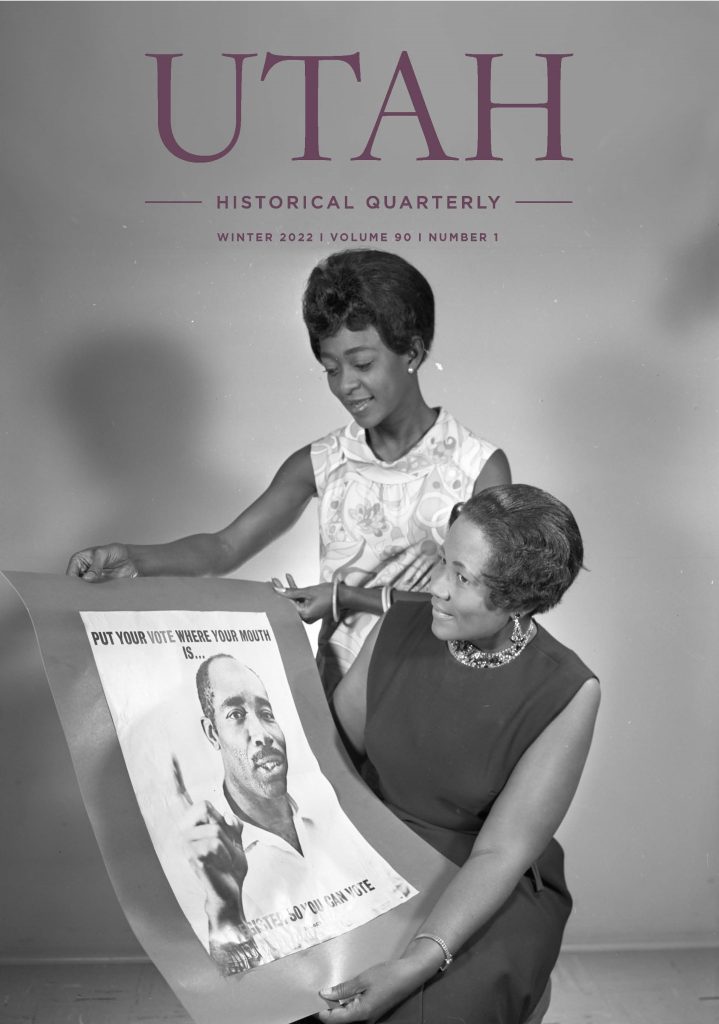
“Placing Immigrants in Salt Lake City, 1900” by Brandon Plewe
Often discussion of immigration to the United States at the turn of the twentieth century focuses on the Northeast, but this article turns its attention to Salt Lake City. For a relatively small city compared to New York and Boston, it had a large number of foreign-born residents—about a third of its 60,000 residents, a higher proportion than any other city in the West. The communities settling in Salt Lake City, with significant numbers from Denmark, Sweden, Germany, and even Switzerland, were also very different from the new immigration trends in the rest of the country.
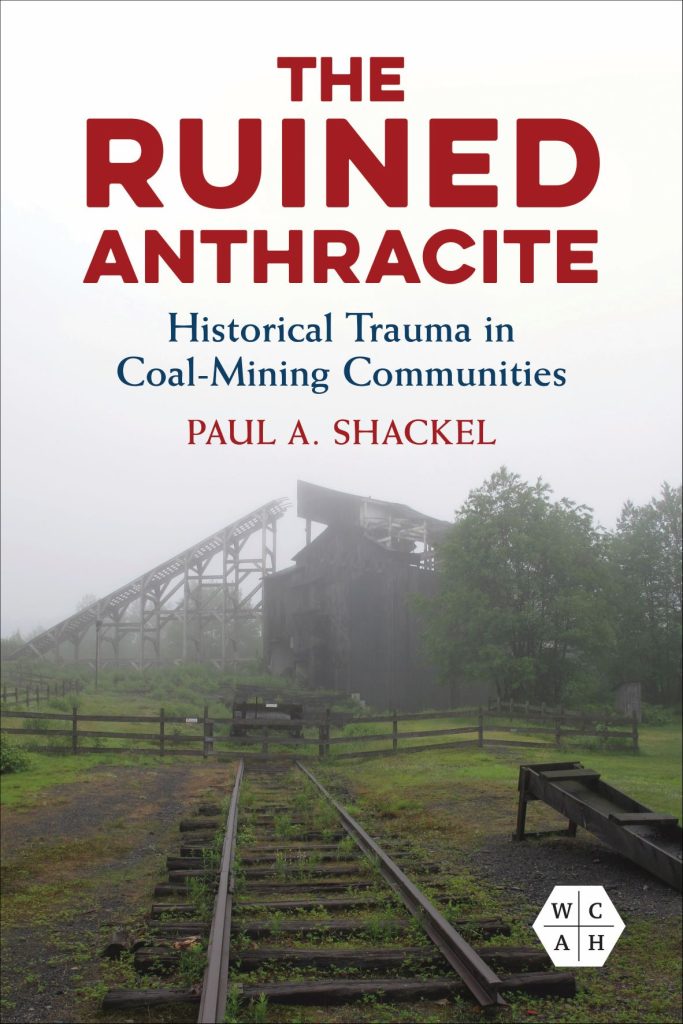
The Ruined Anthracite: Historical Trauma in Coal-Mining Communities
By Paul A. Shackel
Insightful and dramatic, The Ruined Anthracite combines archaeology, documentary research, and oral history to render the ongoing human cost of environmental devastation and unchecked capitalism.
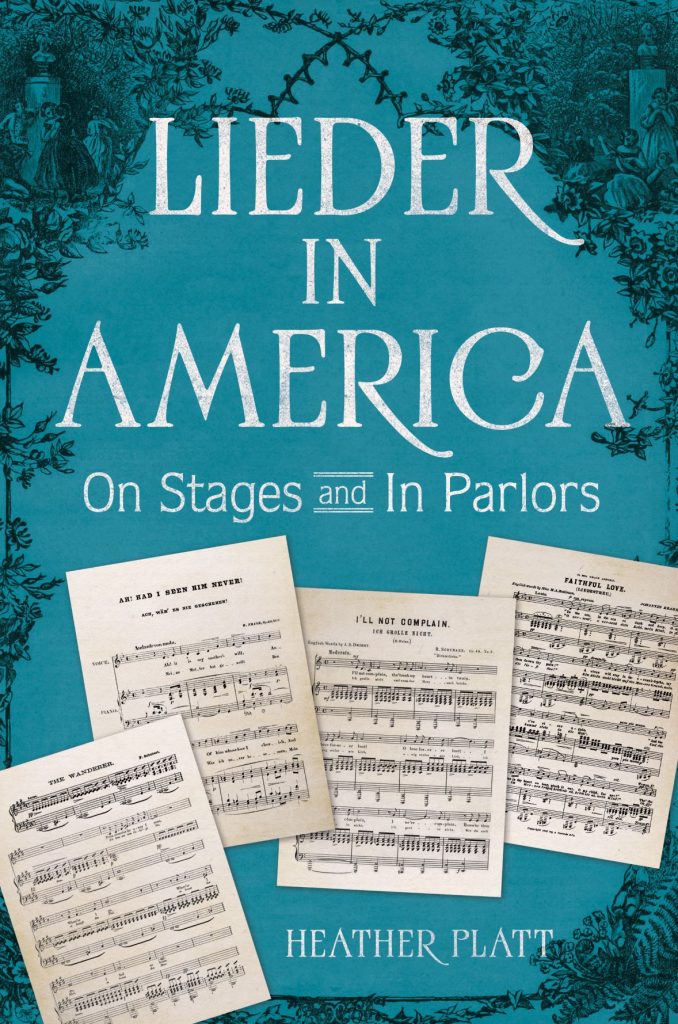
Lieder in America: On Stages and In Parlors
By Heather Platt
At the same time as examining the critical reception of the artists and songs, Platt reveals ways in which US recital programs anticipated trends in European recitals. She also places lieder against the backdrop of the time, when factors like the growth in the sheet music industry, the evolution of American art song, and emerging anti-German feeling had a profound impact on the genre’s popularity.
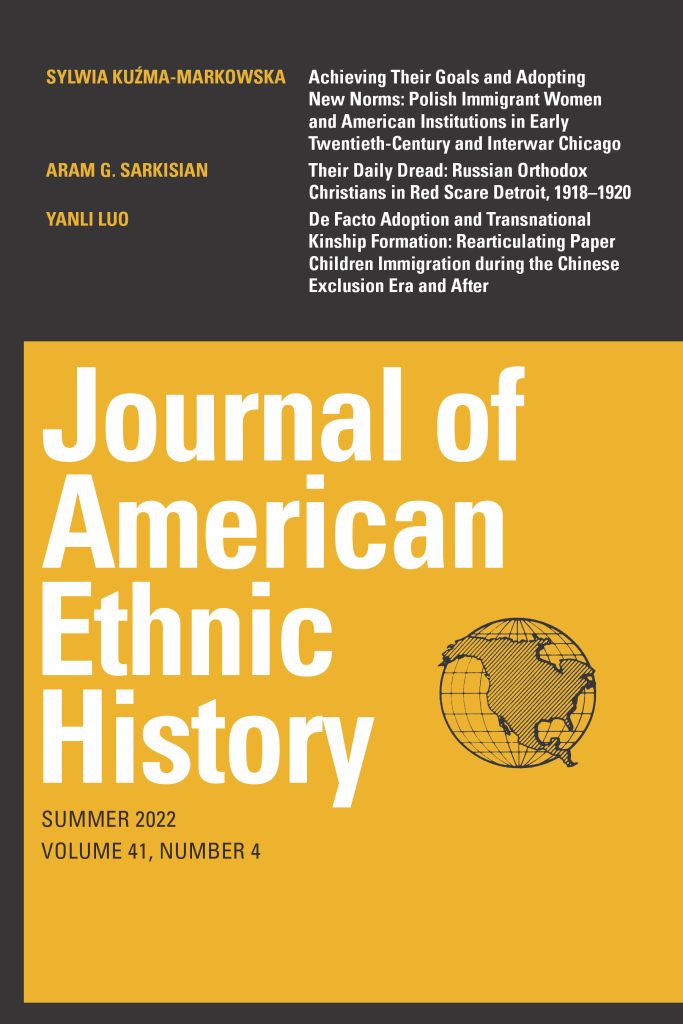
Journal of American Ethnic History
This article situates Chinese “paper children” immigration during the Exclusion in the combined framework of ancient Chinese adoption and transnational kinship formation. It examines, through the children’s own oral histories, how the paper children system was rooted in, borrowed from, and modified ancient Chinese adoption practices, through which Chinese immigrants formed transnational, fictive kinship in the United States that were mixed with both blood and non-blood relationships.
